A Study on the Transformation Pathways of Quanzhou's Ancient Architectural Cultural Symbols in the Design of Tourist Souvenirs
DOI: 10.23977/artpl.2025.060315 | Downloads: 15 | Views: 392
Author(s)
Chen Caixia 1, Mustaffa Halabi Azahari 2
Affiliation(s)
1 Graduate School of Urban Studies, Malaysia City University, Kuala Lumpur, 46100, Malaysia
2 School of Urban Studies, Malaysia City University, Kuala Lumpur, 46100, Malaysia
Corresponding Author
Chen CaixiaABSTRACT
As a key node along the "Maritime Silk Road," Quanzhou's ancient architecture blends diverse religious traditions, regional aesthetics, and traditional craftsmanship, forming a unique cultural symbol system. This study employs a design research methodology, conducting in-depth interviews with three core groups-designers, cultural scholars, and tourists-and combining grounded theory and semiotic analysis methods. The study identifies three value dimensions of Quanzhou's ancient architectural cultural symbols in souvenir design conversion: visual identification, craftsmanship inheritance, and spiritual symbolism. Additionally, the study highlights three practical challenges (loss of authenticity, functional compatibility issues, and cross-cultural misunderstandings) and proposes an innovative solution centred on a "technology-culture" dual-drive model. This research aims to provide methodological support for the creative regeneration of local cultural heritage and promote the sustainable dissemination of local symbolic systems.
KEYWORDS
Quanzhou Ancient Architecture; Cultural Symbols; Souvenir Design; Design Thinking; Symbol Transformation; Empirical ResearchCITE THIS PAPER
Chen Caixia, Mustaffa Halabi Azahari, A Study on the Transformation Pathways of Quanzhou's Ancient Architectural Cultural Symbols in the Design of Tourist Souvenirs. Art and Performance Letters (2025) Vol. 6: 110-118. DOI: http://dx.doi.org/10.23977/artpl.2025.060315.
REFERENCES
[1] McKechnie, B., & du Cros, H. (2002). Cultural Tourism: Cooperation Between Tourism and Cultural Heritage Management. Routledge.
[2] Pine, B. J., & Gilmore, J. H. (1999). The Experience Economy: Work as a Stage, the Company as a Stage. Harvard Business Review Press.
[3] Wang, N. (1999). Rethinking Authenticity in Tourism Experiences. Tourism Research Annual, 26(2), 349–370. https://doi.org/10.1016/S0160-7383(98)00103-0
[4] Li, Y., Li, L., & Liu, H. (2021). The application of regional cultural symbols in the design of cultural and creative products. Packaging Engineering, 42(12), 257–262.
[5] Liu, S., & Zhang, H. (2020). Cultural memory and the transformation of heritage in creative tourism. Journal of Tourism and Cultural Change, 18(3), 314–329. https://doi.org/10.1080/14766825.2019.1573027
[6] Swanson, K. K., & Timothy, D. J. (2012). Souvenirs: Symbols of Meaning, Commercialisation, and Commodification. Tourism Management, 33(3), 489–499. https://doi.org/10.1016/j.tourman.2011.08.009
[7] Carle, Y. E., Kwan, T., & Aflek, J. (2008). New Heritage: New Media and Cultural Heritage. Routledge.
[8] Eco, U. (1976). The Theory of Semiotics. Indiana University Press.
[9] Barthes, R. (1967). Mythologies. Hill and Wang.
[10] Brown, T. (2009). Design Driven Change: How Design Thinking is Reshaping Organisations and Sparking Innovation. Harper Business Publishers.
[11] Li, Y., Li, L., & Liu, H. (2021). Modern design strategies for regional cultural symbols. Packaging Engineering, 42(12), 257–262. https://doi.org/10.19554/j.cnki.1001-3563.2021.12.040
[12] Zhu Jingjiang. (2022). Research on the cultural and creative transformation of intangible cultural heritage crafts. Design Art Research, 23(1), 1–10. https://doi.org/10.3969/j.issn.1674-4570.2022.01.001
[13] Giddens, A. (1990). The consequences of modernity. Polity Press.
| Downloads: | 25744 |
|---|---|
| Visits: | 974947 |
Sponsors, Associates, and Links
-
Journal of Language Testing & Assessment
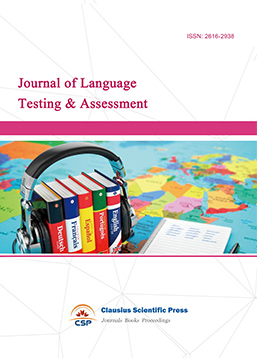
-
Information and Knowledge Management
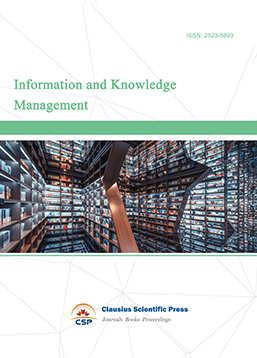
-
Military and Armament Science

-
Media and Communication Research
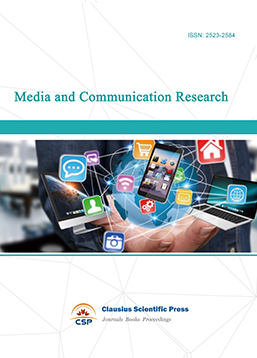
-
Journal of Human Movement Science
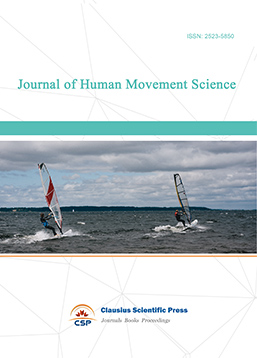
-
Lecture Notes on History
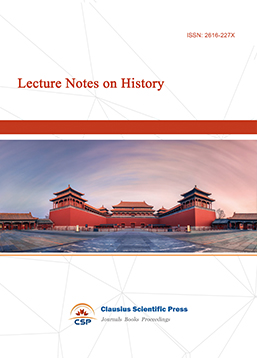
-
Lecture Notes on Language and Literature
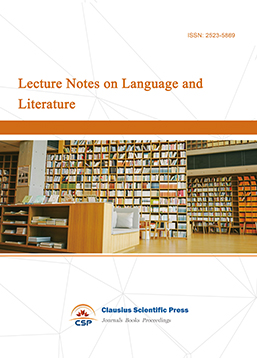
-
Philosophy Journal
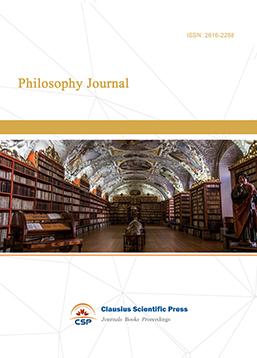
-
Science of Law Journal

-
Journal of Political Science Research
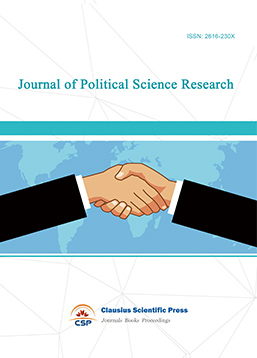
-
Journal of Sociology and Ethnology
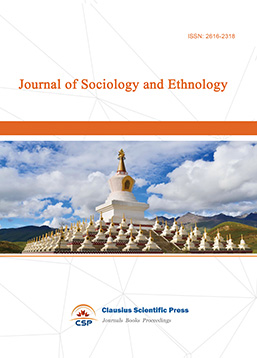
-
Advances in Broadcasting
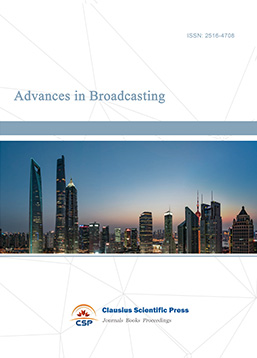

 Download as PDF
Download as PDF